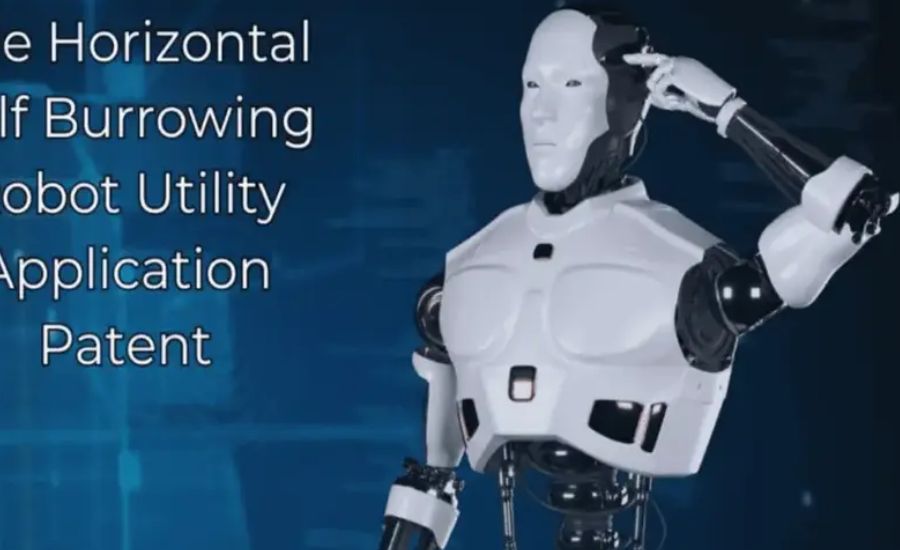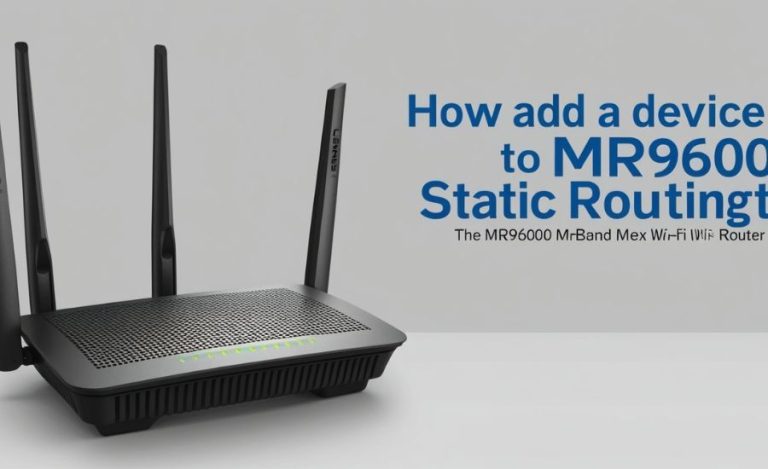Horizonal Self Burrowing Robot Utility Application Patent, Understanding & More
Introduction to Horizonal Self Burrowing Robot Utility Application Patent
In the dynamic landscape of robotics and automation, horizontal self-burrowing technology represents a groundbreaking advancement with transformative potential. This innovative approach allows machines to excavate tunnels underground autonomously, minimizing the need for human oversight. Its applications span a wide array of industries, including manufacturing, environmental protection, and infrastructure development, showcasing its versatility and significance.
The key innovation behind horizontal self-burrowing robotics lies in their ability to navigate and operate underground without direct human control. By leveraging sophisticated algorithms and sensor technologies, these machines can efficiently map their surroundings, detect obstacles, and adapt their paths in real-time. This autonomous operation not only enhances operational efficiency but also significantly reduces the risks associated with traditional excavation methods, such as worker safety concerns and environmental disturbances.
In various sectors, the advantages of this technology are becoming increasingly evident. For instance, in manufacturing, these robots can facilitate the installation of underground utilities with precision and minimal disruption to surface activities. In environmental management, they are invaluable for tasks like soil analysis and the installation of subsurface monitoring systems. Their ability to operate without surface disturbance allows for more sustainable practices, ultimately contributing to ecological conservation.
Furthermore, the significance of securing a patent for horizontal self-burrowing robotic applications cannot be overstated. In this burgeoning field, safeguarding intellectual property is crucial for fostering innovation and investment. A patent not only protects the unique technological aspects of these systems but also establishes a competitive advantage in the marketplace. By securing their intellectual assets, companies can ensure that they maintain control over their inventions, allowing them to innovate further and capitalize on emerging opportunities.
As the demand for automation and robotics continues to grow, the importance of horizontal self-burrowing technology is poised to expand significantly. Industries that harness this innovation stand to benefit from enhanced efficiency, reduced operational costs, and improved safety outcomes. The potential applications are vast, and as research and development in this area progress, we can expect to see even more innovative solutions that address contemporary challenges.
In conclusion, horizontal self-burrowing robotics signify a remarkable evolution in the field of automation, with the capacity to transform industries and create new pathways for growth. By understanding the software applications driving this technology and the imperative of protecting intellectual property, stakeholders can navigate this exciting frontier with confidence and foresight. As we look to the future, the possibilities for horizontal self-burrowing technology are limited only by our imagination and willingness to innovate.
Understanding Horizontal Self-Burrowing Robots

Horizontal self-burrowing robots are advanced machines specifically designed to excavate tunnels underground autonomously, utilizing sophisticated navigation and propulsion systems. These robots are excellent at horizontal excavation, in contrast to traditional drilling equipment, which mostly works vertically. This makes them perfect for jobs like installing pipelines and cables or doing subterranean inspections.
These robots can navigate past obstacles like boulders and subterranean utilities and traverse a variety of soil types since they are outfitted with cutting-edge sensors, cameras, and sturdy materials.Many models also offer remote control capabilities or autonomous functions, enhancing their versatility for both manual and automated operations. This innovation is revolutionizing underground construction and maintenance processes.
Utility Applications of Horizontal Self-Burrowing Robots
Horizontal self-burrowing robots are revolutionizing various sectors by providing innovative solutions to complex challenges. Their advanced technology facilitates efficient underground operations in construction, telecommunications, energy, and environmental management.
Construction and Civil Engineering
Traditional techniques used in the construction industry to lay subterranean pipelines and wires can be time- and labor-intensive. This technique is made easier by horizontal self-burrowing robots, which dig tunnels on their own and install pipelines, electrical wires, or fiber optics without the need for significant trenching or digging. This technology not only minimizes surface disruption but also reduces labor costs and enhances the efficiency of infrastructure projects. For example, in urban environments where surface disruptions can cause traffic delays or damage existing infrastructure, these robots ensure installations are completed with minimal inconvenience to the public.
Telecommunications and Data Networks
The installation of underground cables for telecommunications, such as internet and phone services, traditionally involves extensive trenching, often damaging roadways and landscapes. Horizontal self-burrowing robots offer a more efficient solution by excavating underground while preserving the integrity of the surface. They can also be utilized in challenging terrains, such as beneath rivers or rocky areas, where manual cable installation would be difficult. By improving efficiency and reducing costs, these robots are transforming how data networks are installed and maintained.
Oil and Gas Pipelines
In the oil and gas industry, horizontal self-burrowing robots play a critical role in the installation of underground pipelines that transport resources over long distances. Their precise excavation capabilities help avoid existing underground utilities and environmental hazards while minimizing surface impact. Additionally, these robots are valuable for inspecting and maintaining existing pipelines, enabling quick detection and resolution of leaks or damages, thus reducing the environmental risks associated with oil and gas transportation.
Environmental Management and Agriculture
These robots are increasingly being used in environmental management efforts. They facilitate subsurface monitoring, soil sampling, and data collection without disturbing the surface environment. This capability is particularly advantageous for assessing soil contamination, groundwater levels, and the impacts of agricultural practices on soil health. In agriculture, horizontal self-burrowing robots can lay irrigation pipes beneath fields without disrupting crops, and they can also install underground sensors to monitor soil moisture and nutrient levels, providing real-time data to enhance farming practices.
Utility Installation and Maintenance
Utility companies that manage water, gas, and electricity often face challenges in installing and maintaining underground pipes and conduits. Horizontal self-burrowing robots provide an efficient solution by minimizing the need for large-scale excavation and manual labor. These robots support utility companies in both installing new infrastructure and maintaining existing systems while reducing public and environmental disruption. In emergencies, such as water or gas leaks, these robots can be rapidly deployed to inspect and repair underground systems, preventing additional damage to roads and properties.
Overall, horizontal self-burrowing robots are transforming industries by providing innovative, efficient solutions that minimize disruption and enhance operational efficiency. As technology continues to advance, their impact is expected to grow even further across various sectors.
What is a Horizontal Self-Burrowing Robot?

An inventive horizontal self-burrowing robot—a completely autonomous device meant to travel underground without assistance from humans—has a U.S. patent application submitted. In contrast to conventional excavation machinery, this sophisticated robot functions autonomously, employing a blend of state-of-the-art sensors, mechanical parts, and electrical controls to effectively accomplish duties beneath the surface.This technology represents a significant leap in excavation methods, enabling more precise and efficient underground operations across various applications, from infrastructure development to environmental management. The patent aims to protect this groundbreaking technology and its potential to transform the way we approach underground construction and maintenance.
Key Features of the Horizontal Self-Burrowing Robot
Autonomous Functionality: This robot can function autonomously, greatly minimizing the need for human supervision, thanks to its cutting-edge sensors and sophisticated navigation algorithms.Its autonomous capabilities enable it to handle intricate tasks efficiently and effectively.
Efficient Excavation System: The burrowing mechanism is engineered to navigate through diverse soil types and underground materials with ease. This design minimizes surface disruption while creating tunnels or pathways.
Robust Build: Constructed from high-strength materials, the robot is designed to endure demanding underground conditions, ensuring both reliability and durability in even the harshest environments.
Environmental Monitoring Capabilities
Horizontal self-burrowing robots play a vital role in environmental monitoring. Fitted with advanced sensors, these robots can evaluate soil conditions, gauge moisture levels, and analyze underground water quality.This feature is essential for preserving the ecosystem, particularly in areas where pollution and ecological deterioration are likely to occur.
The robots enable environmental scientists and politicians to make well-informed judgments about conservation efforts and resource management by providing real-time data. Their capacity to function below ground without causing surface disturbance is very beneficial for fragile ecosystems, enabling thorough evaluations with the least amount of disturbance to natural environments.
How does the us patent application horizontal self burrowing robot?
A recent U.S. patent application outlines the innovative design and functionalities of a horizontal self-burrowing robot, highlighting its impressive capabilities. The robot features rotating blades or augers that efficiently penetrate various earth materials during the excavation process. These components are specifically engineered to handle a range of soil types and densities, ensuring optimal performance.
Movement and Navigation: The robot is designed to traverse horizontally, equipped with either wheels or tracks for mobility. Its sophisticated navigation system allows for precise movements, utilizing sensors and cameras to detect obstacles and adhere to predetermined paths.
Data Collection: Additionally, the robot can be fitted with environmental sensors and cameras that enable it to gather critical data about subsurface conditions. This data collection capability is invaluable for research and informed decision-making in various fields.
FAQs About Horizontal Self-Burrowing Robots
1. What is a horizontal self-burrowing robot?
A horizontal self-burrowing robot is an autonomous machine designed to excavate tunnels underground without human assistance. It uses advanced sensors and navigation technology to operate efficiently below the surface.
2. How does the robot navigate underground?
The robot employs sophisticated navigation systems, including sensors and cameras, to map its surroundings, detect obstacles, and adapt its path in real-time. This allows for precise movement and operation in various soil types.
3. What are the main applications of these robots?
These robots have a wide range of applications across industries such as construction, telecommunications, environmental management, and utility installation. They can efficiently install underground pipes, cables, and monitoring systems while minimizing surface disruption.
4. What advantages do horizontal self-burrowing robots offer?
They enhance operational efficiency, reduce labor costs, and improve safety by minimizing the need for manual intervention. Their ability to operate underground also helps avoid environmental disturbances and damage to existing infrastructure.
5. Can these robots perform environmental monitoring?
Yes, horizontal self-burrowing robots are equipped with sensors to assess soil conditions, moisture levels, and underground water quality. This capability is crucial for environmental protection and allows for effective resource management.
6. How durable are these robots?
These robots are constructed from high-strength materials designed to withstand harsh underground conditions, ensuring they remain reliable and durable even in challenging environments.
7. What is the significance of the U.S. patent application?
The patent application protects the unique technology and design of the horizontal self-burrowing robot, fostering innovation and investment in this emerging field. Securing intellectual property allows companies to maintain a competitive edge and encourages further advancements.
8. What challenges can these robots help overcome?
They can address challenges such as time-consuming excavation methods, environmental disturbances from traditional digging, and the complexities of installing utilities in urban or difficult terrains.
Final Thoughts on Horizontal Self-Burrowing Robots

The emergence of horizontal self-burrowing robots marks a significant advancement in underground excavation technology. Their ability to operate autonomously not only streamlines the process of digging tunnels but also minimizes environmental impact and enhances safety. These robots can tackle complex tasks across various industries, including construction, telecommunications, and environmental management, making them indispensable tools in modern infrastructure development.
As the technology continues to evolve, the applications for horizontal self-burrowing robots are likely to expand, paving the way for innovative solutions to contemporary challenges. The recent U.S. patent application highlights the importance of protecting such groundbreaking technology, ensuring that developers can continue to refine and improve these systems.
The integration of these robots into numerous industries promises to improve productivity, save operating costs, and promote sustainability in a world where automation is becoming more and more prevalent. They are extremely valuable because of their involvement in resource management and environmental monitoring, which provides vital information to assist ecological conservation initiatives.
As we look to the future, horizontal self-burrowing robots represent not just a technological leap but a commitment to smarter, safer, and more efficient underground operations. Embracing this innovation will help industries adapt to evolving demands while fostering a more sustainable approach to development and resource management.
For more Information About Technology visit francherway






